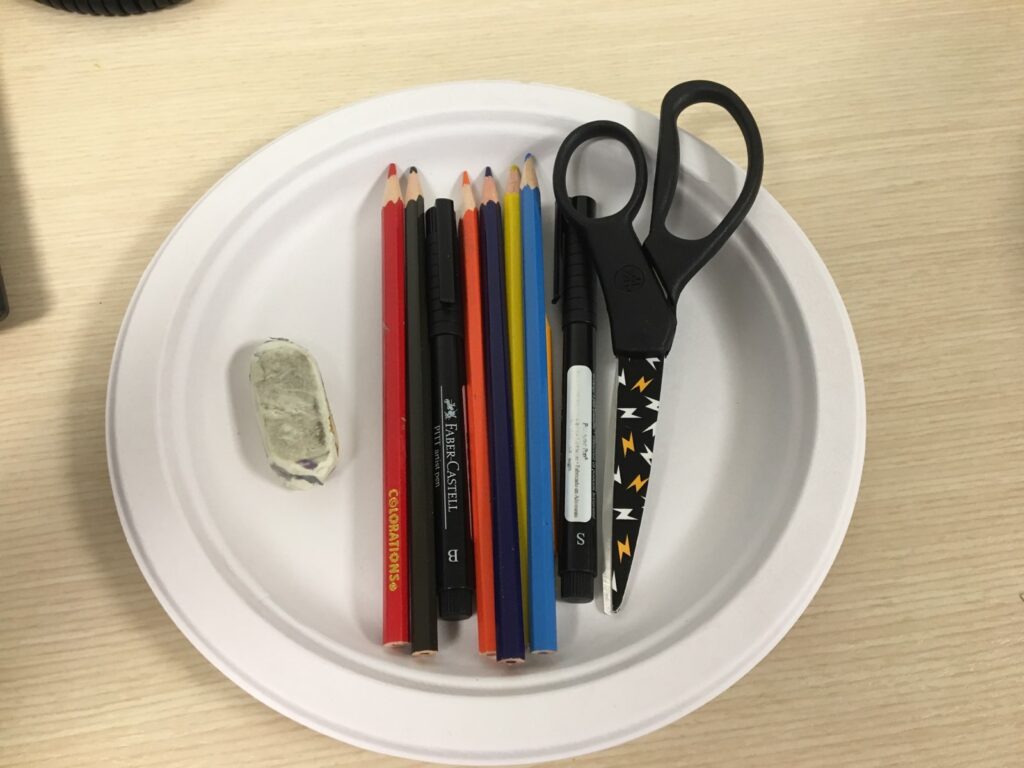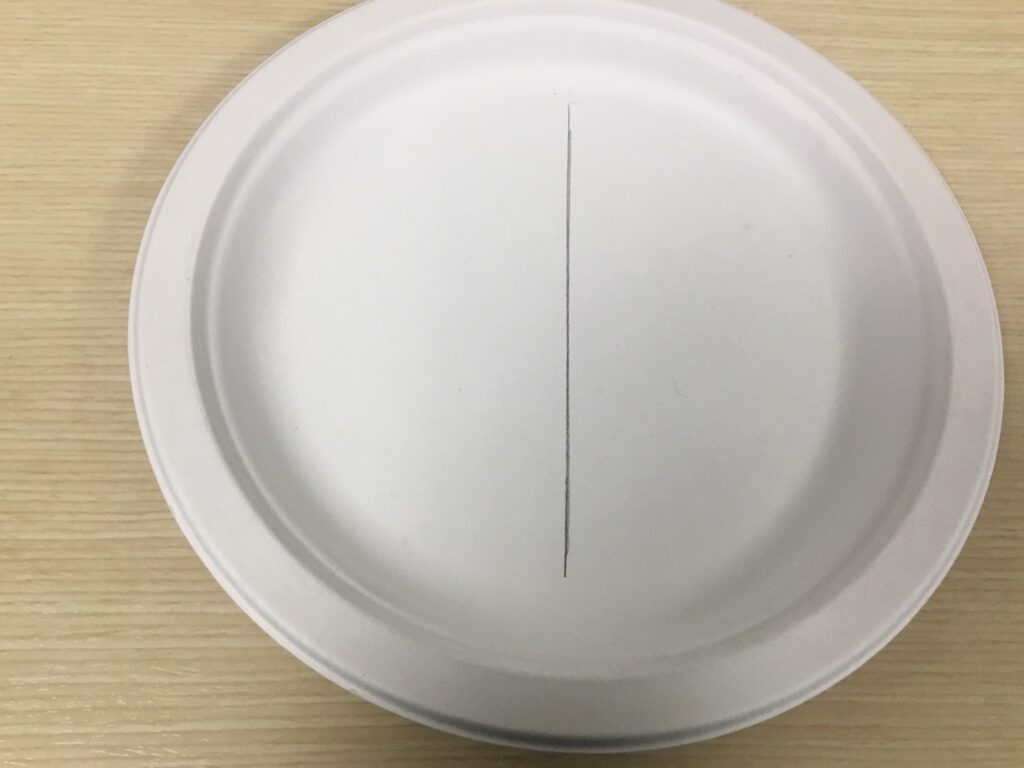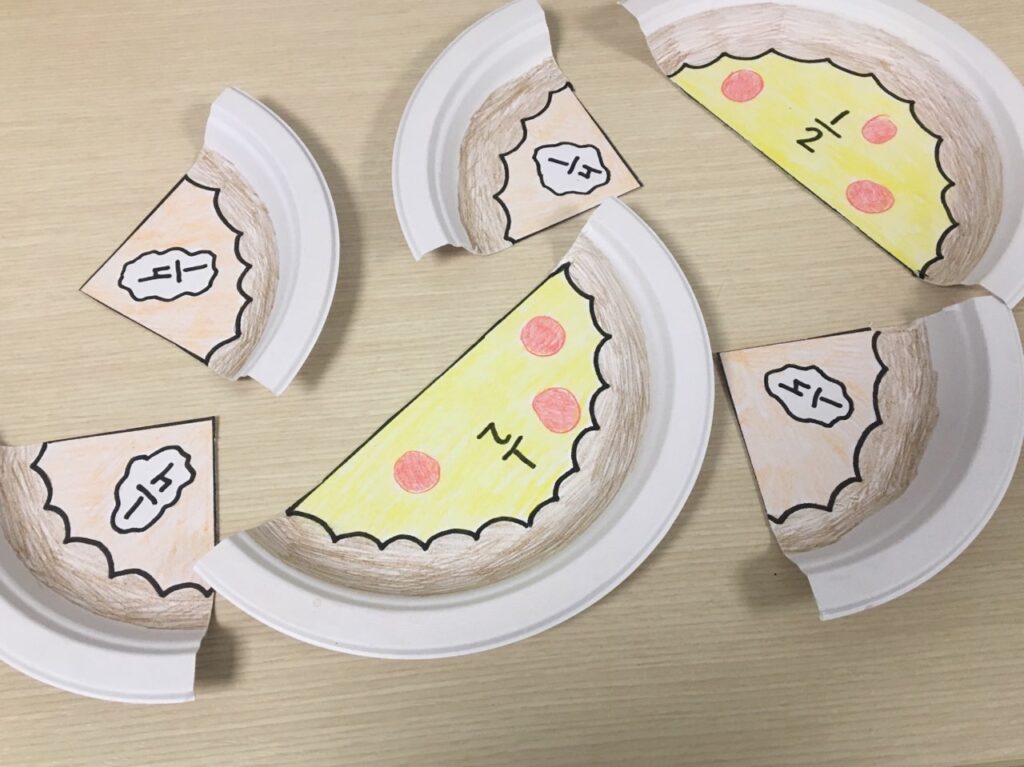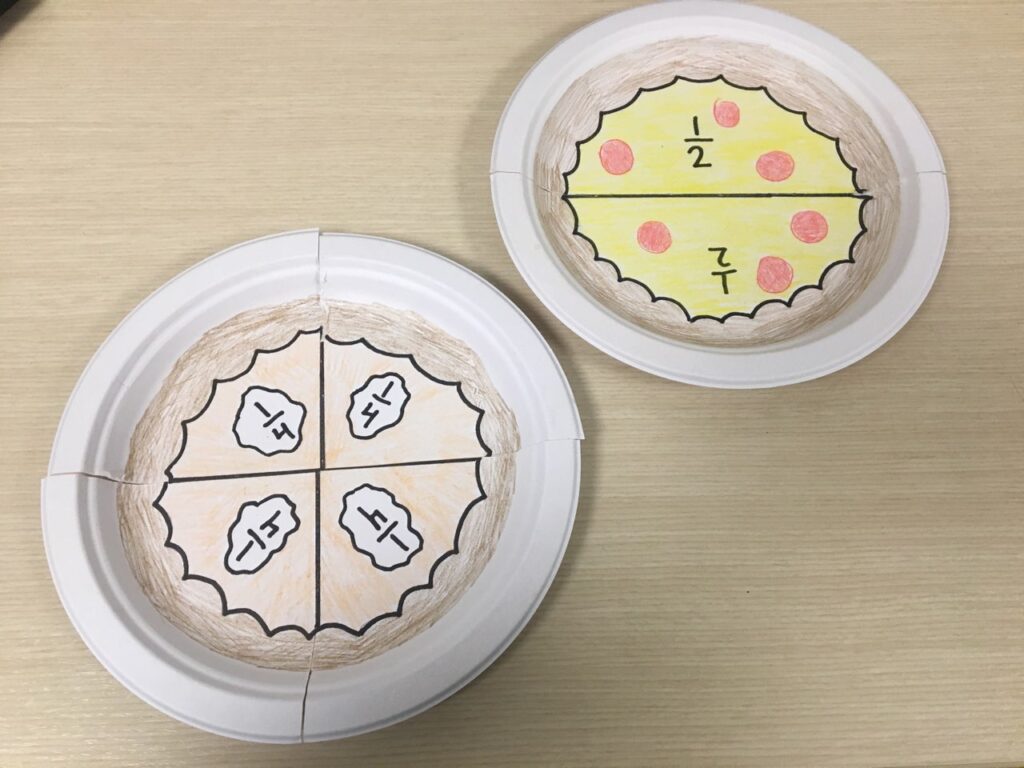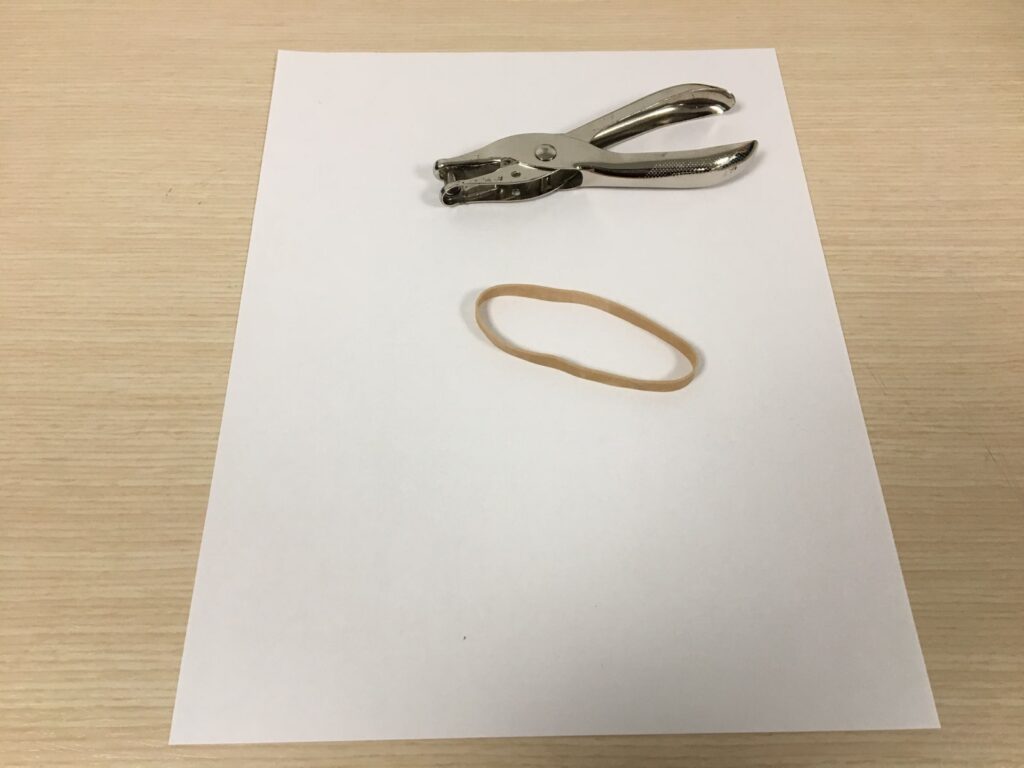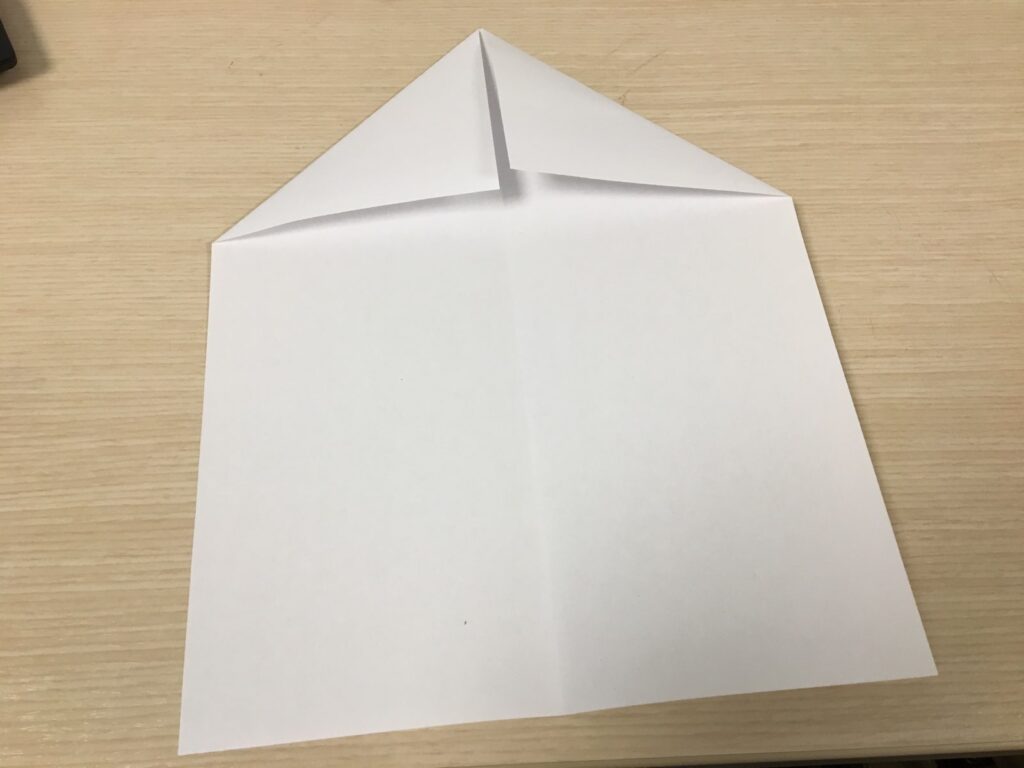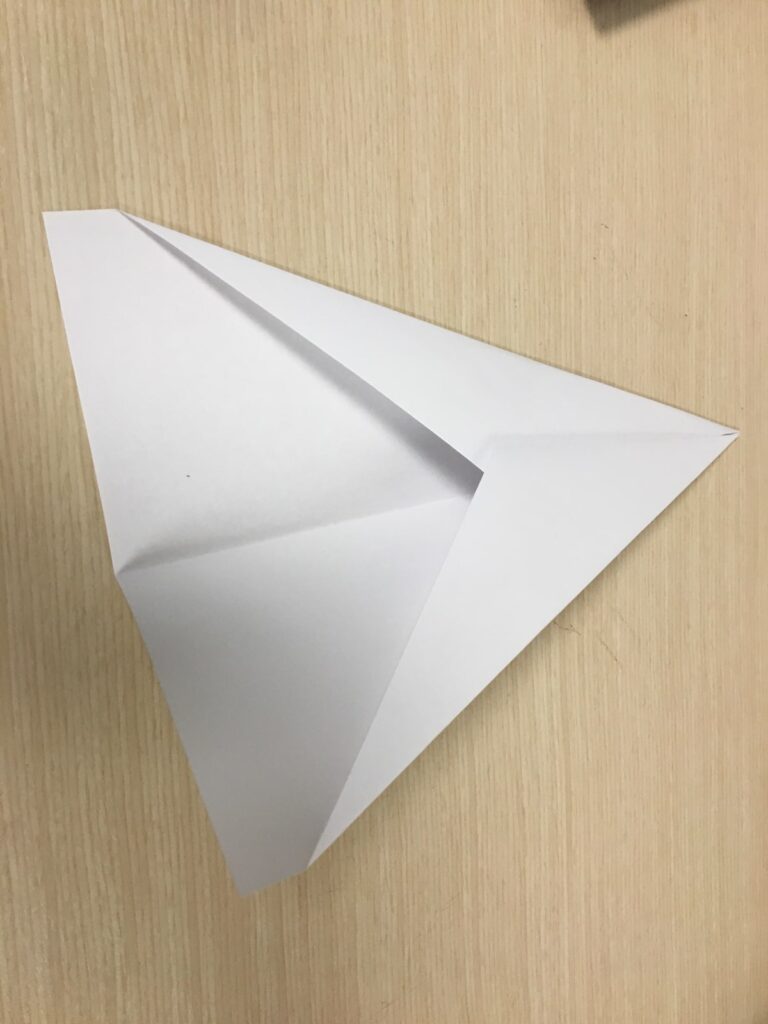Presented by National Grid
Written By Dan Walsh
STEM Educator
Supplies needed:
Paper plates, scissors, crayons, pencil, markers
Length:
Build time: 5-10 minutes
Academic Subjects:
Math
Directions for Pi Day Pie Party!
Happy Belated Pi day! Pi is the distance around the circle also known as circumference, divided by the distance across. In other words, the circumference of any circle is approximately 3.14 times its diameter. Since pi is an irrational number, it has an infinite number of digits. Pi day is March 14th, so let’s celebrate by having a pie party! We will be taking our pie plates and cutting pieces out of them, also known as fractions.
1.) Begin by deciding how many pies you would like. For each pie you need one paper plate.
2.) Each pie can be sliced into different fractions. Draw a straight line across the middle of your plate.
3.) From there you can break your pie up into different fractions. A good place to start is with halves. On each side of the plate label it one half. Then color it in.
4.) Next let’s try out a new fraction on a new plate. Draw a line down the middle, and then horizontally. Label each piece one fourth.
5.) Once you have labeled and colored your slices of pie, cut them out.
6.) Mix the slices of pie up to see if you can put the pies back together!
Vocabulary words:
Fraction– Part of a whole number. For this activity the fractions were slices of pie.
Geometry– the kind of mathematics that deals with shapes.

